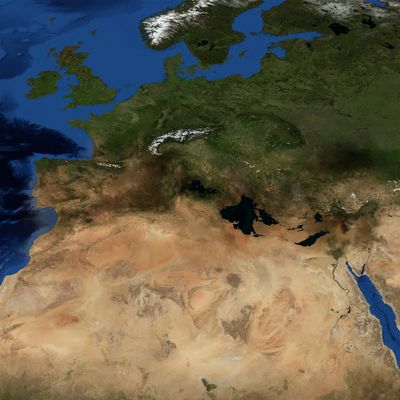Hinterland: Scale, Urbanisation and Planning of Territory Beyond the CityMilica Topalović

Throughout history, cities have functioned as centres of political and economic power, from which the agricultural and resource-rich hinterlands were controlled. From the nineteenth century onward, new technologies, transportation modes and the opening of new trade routes have introduced a widening of distances and a remarkable complexity to the relationship between cities and their productive hinterlands—hinterlands have continued to expand, globalise and “disintegrate”, both as distinct territorial entities and as legible objects of governance or study.
The transnational hinterland archipelago that supports Singapore can be described as an “invisible” territory in the shadow of the dazzling city-state. In contrast to standard representations of cities as self-propelled economic powerhouses, the project revels the landscapes and spaces of food, water, energy, sand, and labor-power that support the globally strategic urban centre. Instead of the city-state, the project proposes the cross-border metropolis as the new urban paradigm for Singapore.

